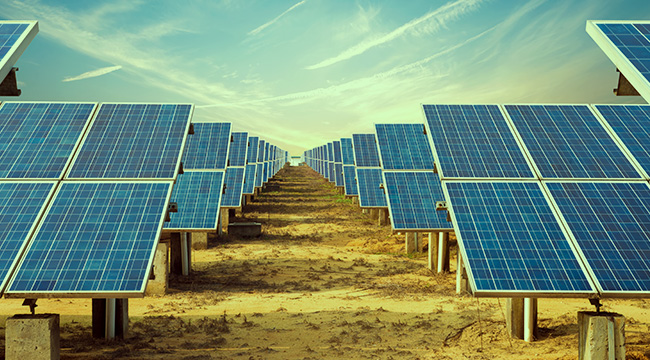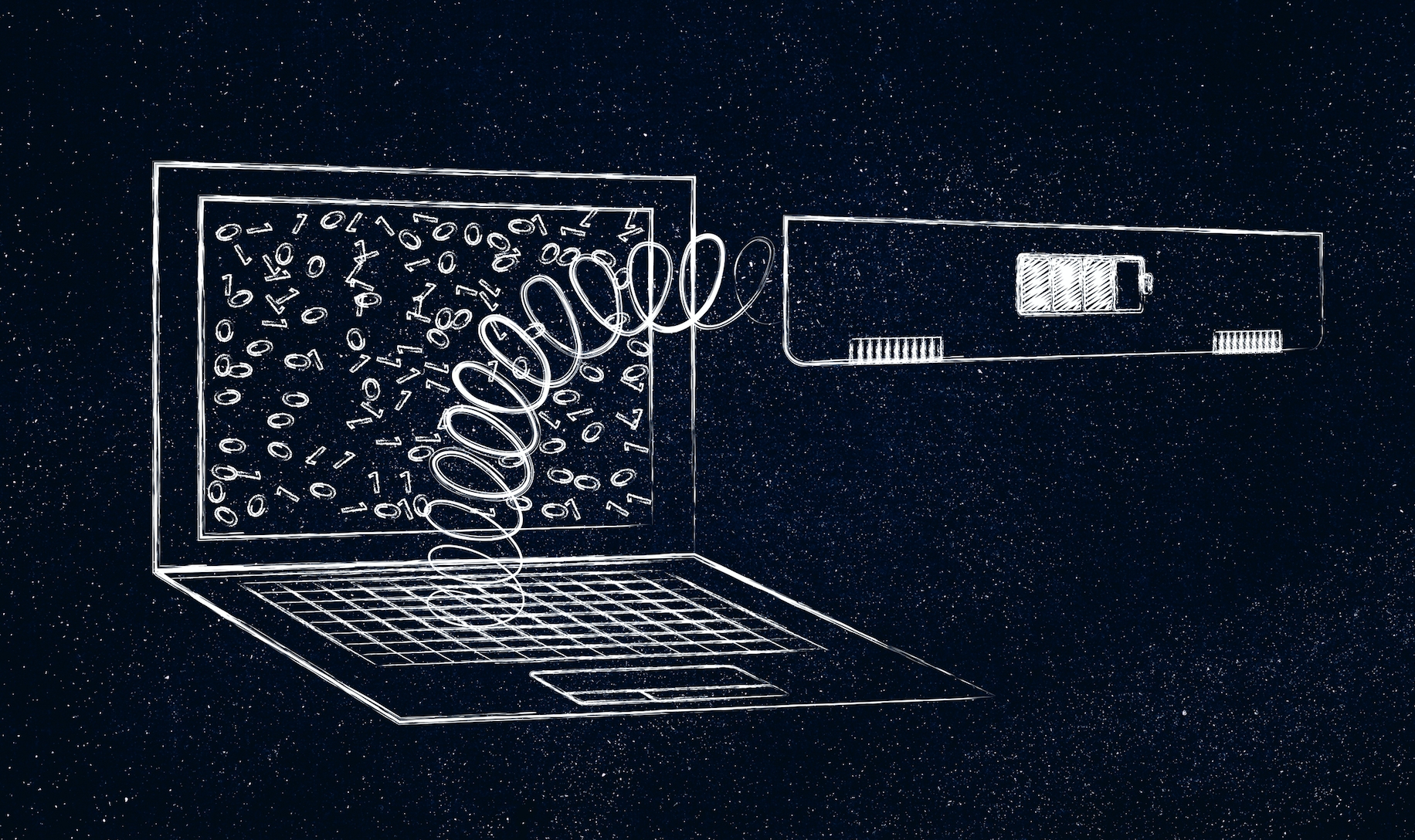
The planet is not necessarily doomed. It’s easy to fall into believing that, with bad news coming every day, but the most dangerous action to take is none. You’ve got to do something — large or small. Meanwhile, scientists are working around the clock to find innovative ways to undo the damage and reduce how much we change/destroy the planet going forward.
Technology is a big part of that conversation, but where will it fit? What are the technologies we should be looking for and investing in? Here are several big ideas worth that we’ll need to install, invest in, and rally behind as we go forward to help protect the planet.
Solid-State Batteries

Renewable power is taking over; it’s cheap, it’s relatively easy to set up, and it simply makes use of energy we’re already getting anyway. The problem is a matter of timing; the wind does not always blow and the sun doesn’t always set. So, to store power and discharge when we need it, that means not only building enormous batteries but finding new battery technology.
One promising trend is solid-state battery technology. Batteries as we know them are limited by the materials we use, which have a solid cathode and anode floating in an electrolyte solution. Solid-state batteries do away with the solution and have everything as a solid material. This already has some advantages, namely solid-state batteries don’t explode, meaning you’ll likely see them in consumer electronics first.
But you’ll also likely see fields of them in the future, or one next to every house, keeping the lights on. Solid-state batteries charge quickly and retain charge, and they have a long, long shelf-life. There is, of course, a catch: They’re harder to get energy out of. So expect the main work in the future to be on making these batteries better, with a focus on smaller batteries in houses and creating “microgrids” in neighborhoods.
Carbon Capture
There’s a lot of crap in the atmosphere, and some of it will be floating around for a long, long time. Part of the future of green technology is cleaning up the gaseous airfill we’ve turned our atmosphere into, and that means, generally speeding up how the Earth gets rid of this stuff in the first place.
In the short term, this means capturing it at the source somehow, and then keeping it from escaping into the atmosphere. In Iceland, they’ve stopped messing around and are injecting it directly into the Earth’s crust, where it becomes rock. Others involve planting entire forests to suck out more CO2 and, of course, protecting the forests we already have, or even taking a cue from plants and using artificial photosynthesis to literally clear the air. Ideally, of course, we would use this carbon for some other purpose, like creating hydrocarbons for fuel, but for now, we’ll settle for breathing easier.
Energy Efficiency
https://www.instagram.com/p/BS1wOOaAiH4/?tagged=energyefficient
Part of the problem with how we create power is that we waste a lot of it. While 100% efficiency is scientifically impossible, we could do much better. Far more energy efficient engines have been created in recent years but we still waste a lot of power every time we flip a switch, turn a key, or boot up a computer.
The future of energy efficiency will come in two forms. The first is getting more power for every drop of fuel that we burn. We already do this in power plants, using the waste heat to generate more power, or just as heat itself. The push will be to make capture systems more efficient and to use every BTU of heat as effectively as we can.
The second will be in the stuff we use every day. This is why the government phased out incandescent lightbulbs, which use 95% of the energy run through them to heat up rather than create light. Fluorescent lights, on the other hand, use far less energy and 25% to 35% of that power goes to creating light.
The question — which will be a gold rush for appliance companies, homebuilders, and others — is how to get the most energy out of the least energy use. That’ll range from simply using less power in the first place to using what power an appliance does draw smartly, to pulling building cues from the past — like high ceilings and thick walls to make homes more energy efficient.
Geoengineering

One of the ongoing quests in energy efficiency is how to make the Earth more efficient at getting rid of our garbage. That can happen either by speeding up how the Earth removes carbon dioxide or figuring out how to get it to absorb less solar radiation.
Both of these are tricky and involve ideas that can sound bizarre at first. For example, iron fertilization, which is literally getting a bunch of iron on a ship and dumping it in the ocean, may help by encouraging algal blooms that consume carbon dioxide.
“May” being the operative word. Much of geoengineering is, at best, untested and uncertain in how effective it might be. And not even its advocates think it’s a magic bullet; it’s viewed more as a piece of the puzzle, alongside cutting emissions and reducing our impact on the environment. Still, it’s a piece and the more pieces we can figure out the better.
Because this is a puzzle we’ll need to solve. And fast.
